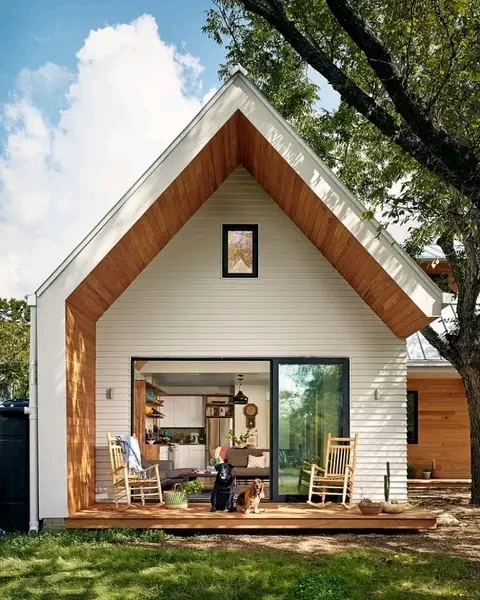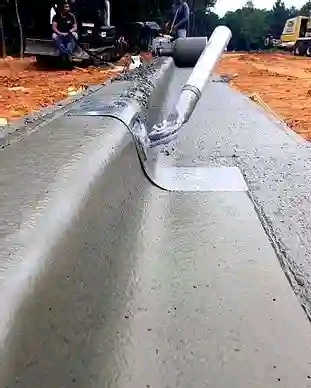Construction Site Management course is starting on March 4th 2024, hurry and register for three months course. Registartion on going

In a technical drawing course, you will typically learn the following:
-
Drawing Techniques: You will learn how to create precise and accurate technical drawings using tools such as pencils, rulers, compasses, and drafting software.
-
Orthographic Projection: This is a method of representing a three-dimensional object in two dimensions. You will learn how to create front, top, and side views of an object.
-
Isometric and Perspective Drawing: These techniques are used to create more realistic and visually appealing drawings of objects in three dimensions.
-
Dimensioning: You will learn how to add dimensions to your drawings to indicate the size and location of features accurately.
-
Geometric Construction: This involves creating precise shapes and angles using geometric principles.
-
Sectional Views: You will learn how to create sectional views to show the internal features of an object.
- Teacher: Sang Robert


